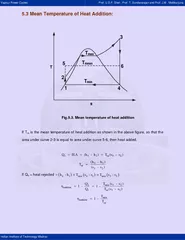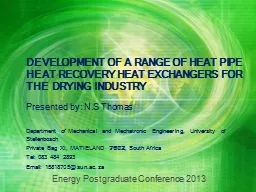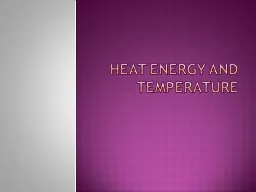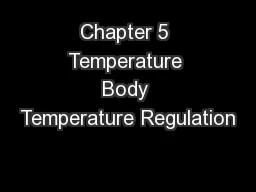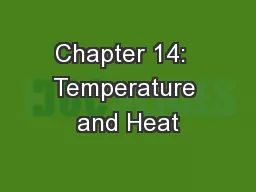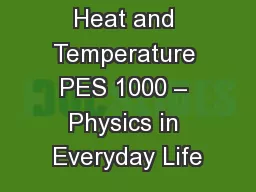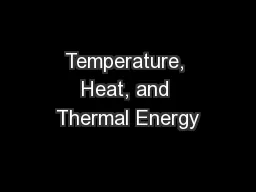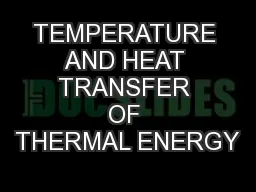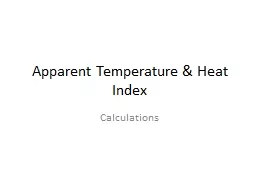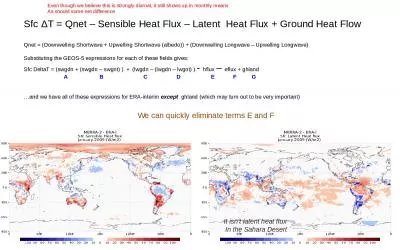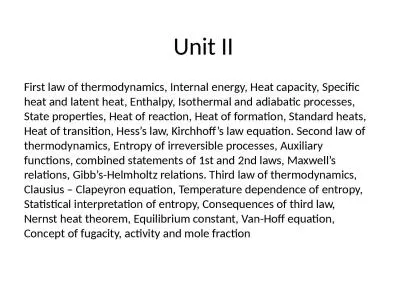PDF-5.3 Mean Temperature of Heat Addition:
Author : kittie-lecroy | Published Date : 2015-11-13
minmeanmax ure of heat addition is the mean temperature of heat addition as shown in the above figure so that the 132m32 min32rankine1m32Ts s 1 1 QTs sx03B7 minrankine
Presentation Embed Code
Download Presentation
Download Presentation The PPT/PDF document "5.3 Mean Temperature of Heat Addition:" is the property of its rightful owner. Permission is granted to download and print the materials on this website for personal, non-commercial use only, and to display it on your personal computer provided you do not modify the materials and that you retain all copyright notices contained in the materials. By downloading content from our website, you accept the terms of this agreement.
5.3 Mean Temperature of Heat Addition:: Transcript
Download Rules Of Document
"5.3 Mean Temperature of Heat Addition:"The content belongs to its owner. You may download and print it for personal use, without modification, and keep all copyright notices. By downloading, you agree to these terms.
Related Documents

